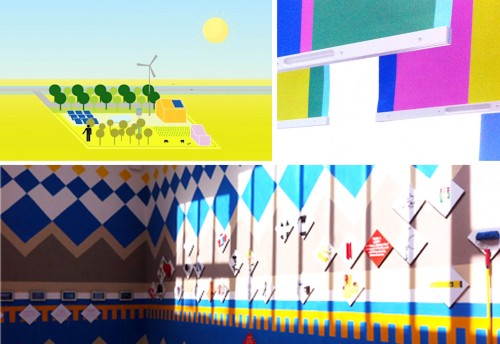Democratizing =(?) Innovating
The 2012 Biennale was yet another indication that the fantasies of an Architecture by the “People” for the “People” enabled by a resilient infrastructure of -often self-proclaimed- scientific methods, communication, design and fabrication technologies are returning in the collective architectural imaginary, carrying promises of innovation, creativity, sustainability and forming a counter-rhetoric to a malformed professionalism. Faced with this new wave of optimism, which attracts the creative efforts of an ever-growing number of groups and individuals active in and beyond the design world, an inquiry into the emerging tautology between “democratization” and “innovation” seems necessary in order to untangle the implications of this equation, recognize it as a historical and cultural artifact and explore the conditions of its validity.
In his essay In an Open-Source Society, Innovating by the Seat of Our Pants [3], which appeared in the New York times in December 2011, Joichi Ito, current director of the MIT Media Lab, was lauding the Internet as a space of decentralized innovation and creative individualism. Raising the Internet from the level of a technology to that of a belief system, Ito was advocating for a new mode of production, a new ideology and a new ethic pervading the conception, production, distribution and use of immaterial and (more recently) material artifacts: Open Source. Continue reading »


